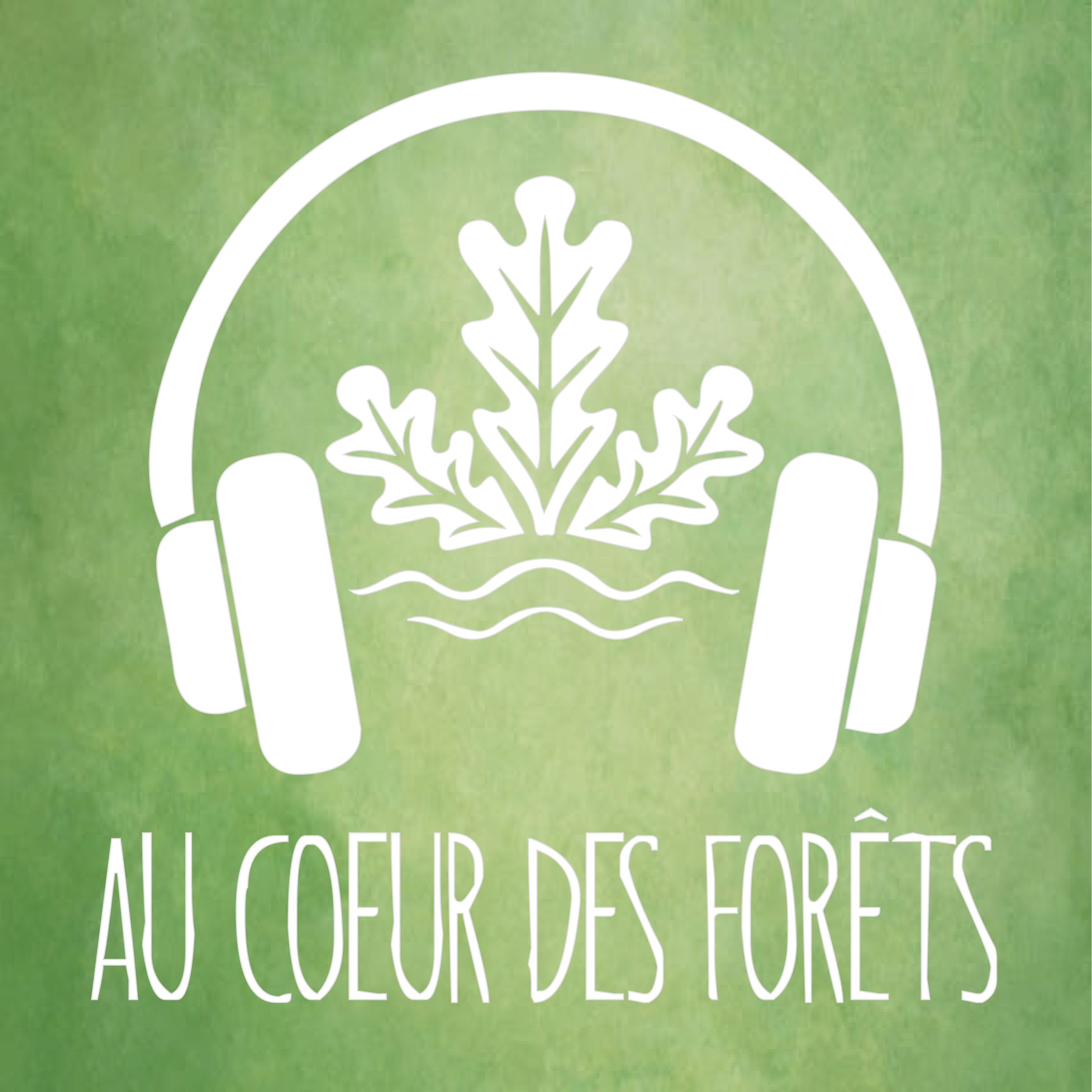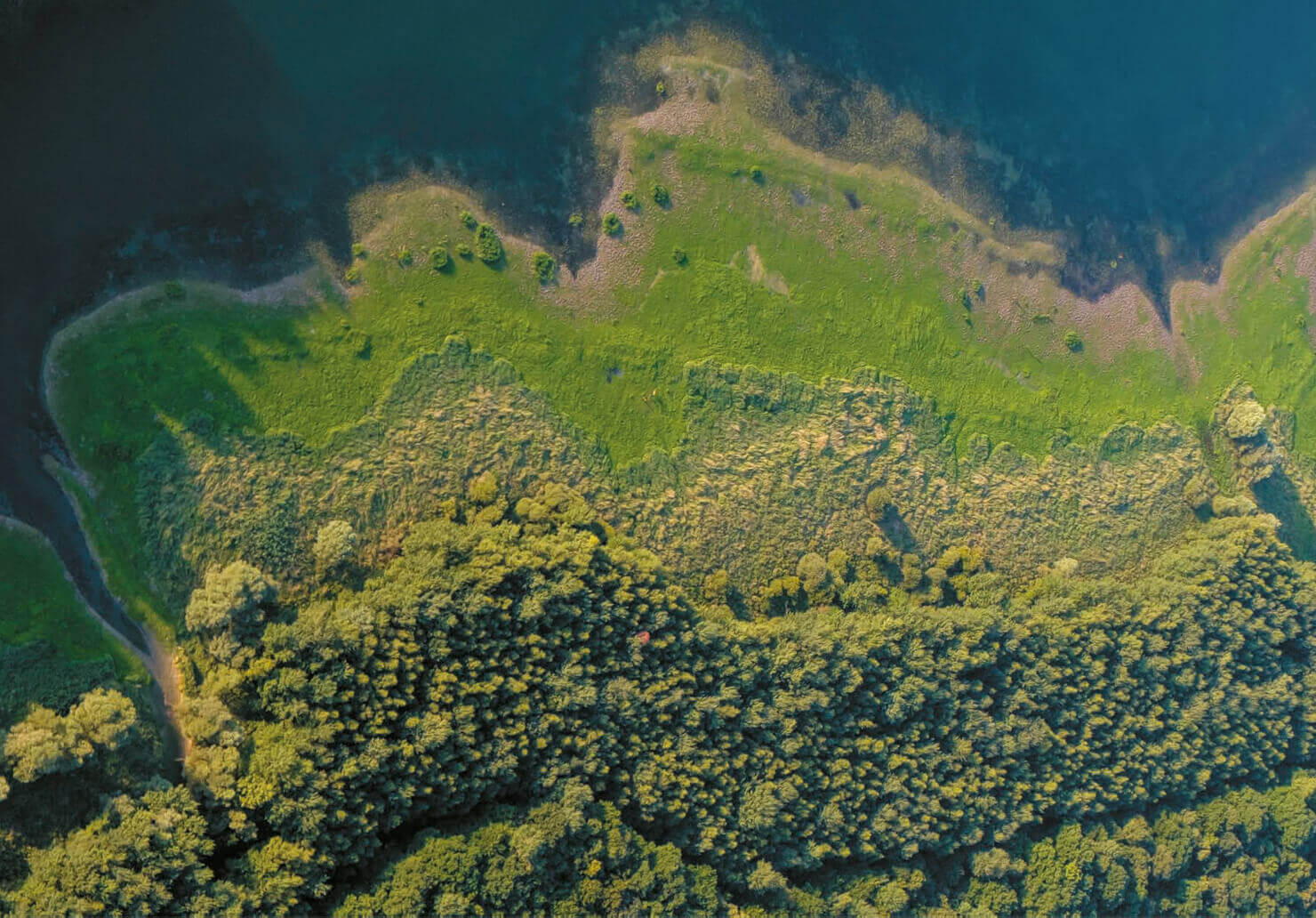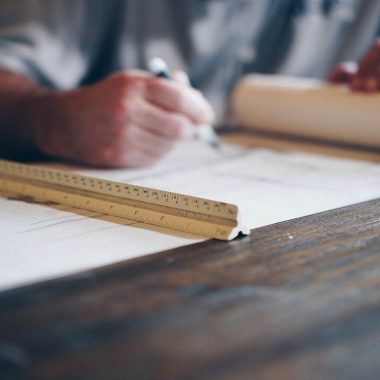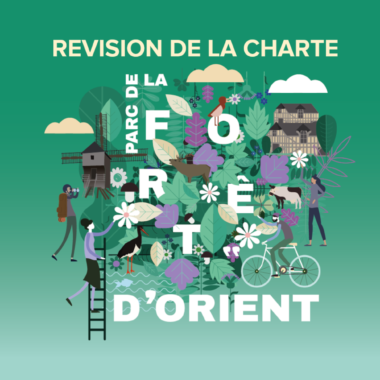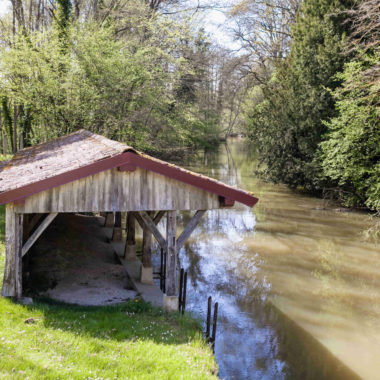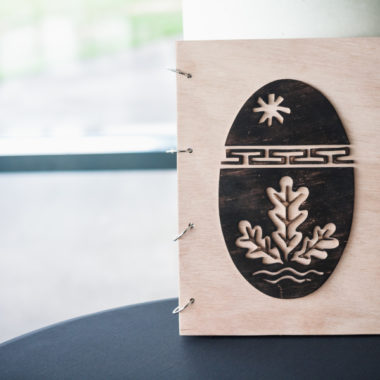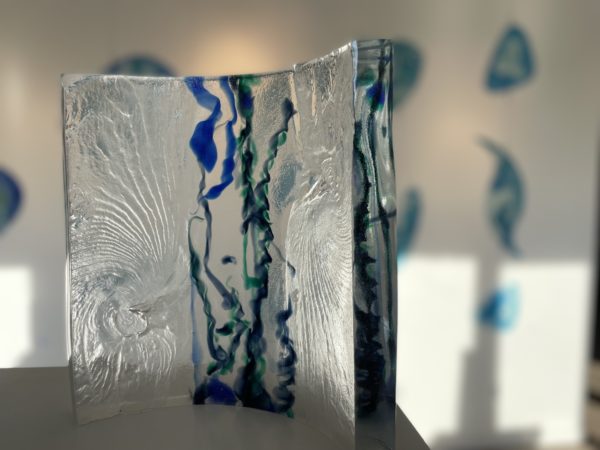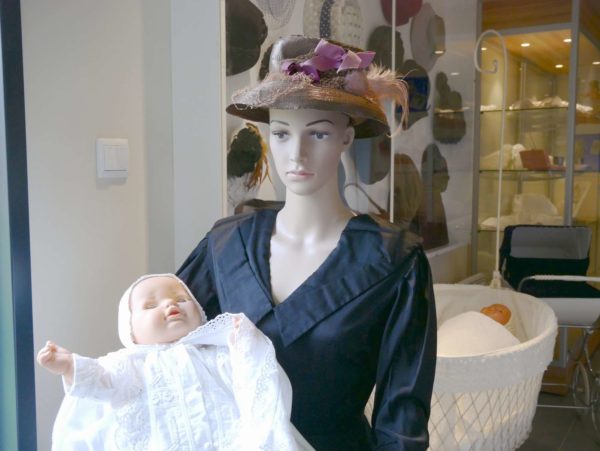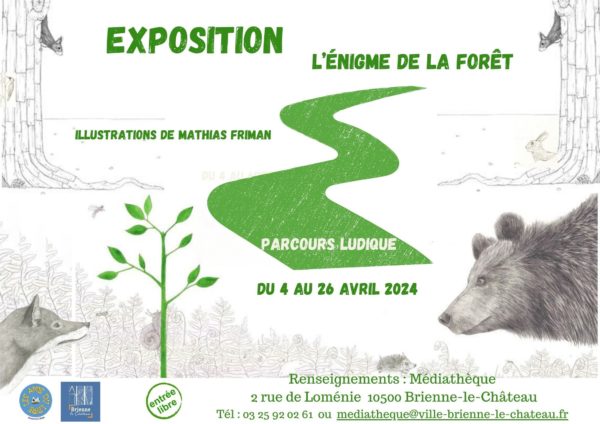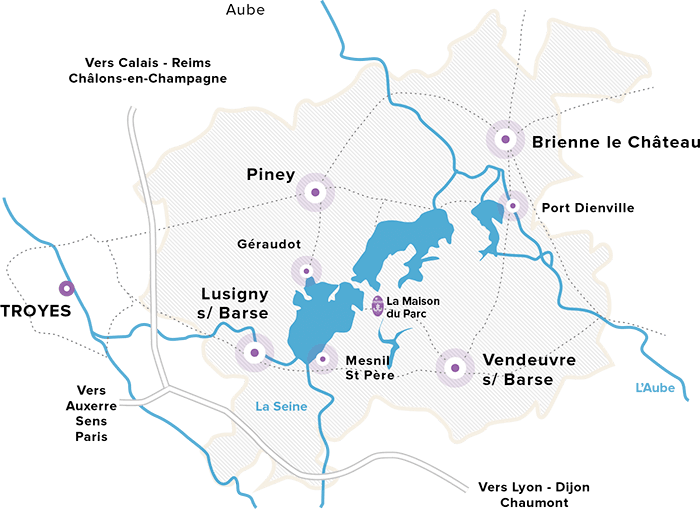
Se rencontrer
Aux marges du bassin parisien s’étend un vaste espace naturel où l’eau, la terre et la forêt se sont alliés pour donner naissance à un territoire singulier : le Parc naturel régional de la Forêt d’Orient.
Les 3 lacs-réservoirs nichés au creux des forêts profondes d’Orient font le bonheur de nombreuses espèces, des habitants du Parc et des amoureux de la nature !
Le Parc de la Forêt d’Orient se situe à :
- 30 mn de Troyes
- 1h30 de Reims
- 1h40 de Dijon et d’Auxerre
- 2h15 de Paris
Le Parc en action
Retrouvez l'ensemble des actions réalisées par le Parc naturel régional de la Forêt d'Orient.
Les dernières actualités du Parc
Retrouvez les dernières actualités du Parc naturel régional de la Forêt d'Orient.
Contribuez à la connaissance du territoire
Bouger
Envie de bouger sur le Parc de la Forêt d’Orient ? Que ce soit sur terre, sur l’eau, dans les airs ou dans l’un de nos espaces de loisirs, notre territoire à de quoi ravir petits et grands !

Dormir
Trouvez votre hébergement idéal en Forêt d'Orient, que ce soit en camping, hôtel, chambre d’hôtes, gîte ou même hébergement insolite !

Il pleut
Il pleut ? Ce ne sont pas quelques goutes qui vont nous faire peur ! Enfilez bottes et k-way et partez à la découverte de notre territoire en restant bien au sec.

Déguster
Le Parc de la Forêt d’Orient, c’est des forêts à perte de vue, de grands lacs, un patrimoine religieux et historique incontournable mais aussi et surtout une richesse gastronomique immanquable !
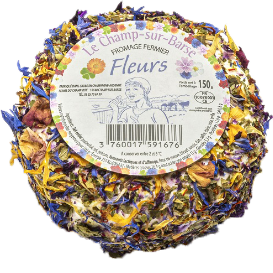
Agenda
Découvrez toutes les dates à venir pour ne rien manquer des évènemens et animations du PNR de la Forêt d’Orient.










